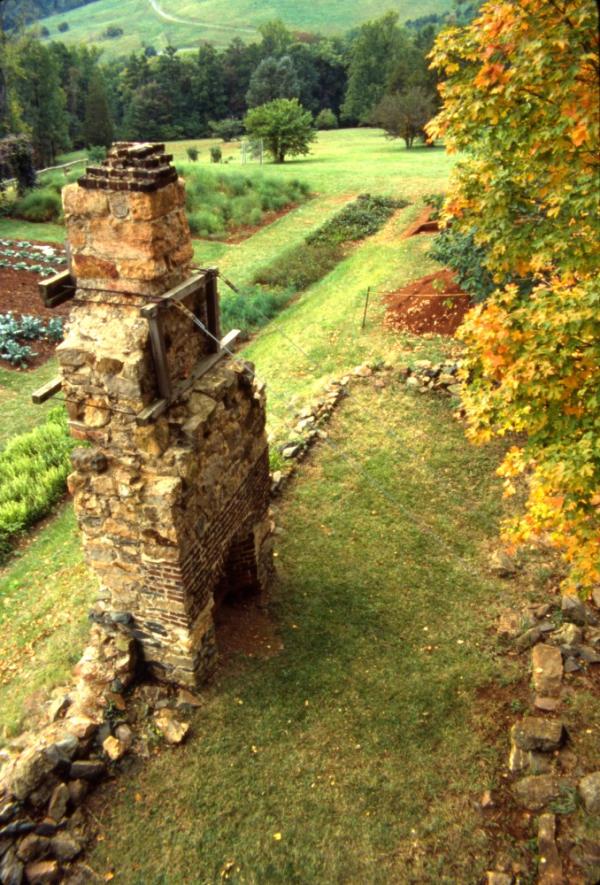Mulberry Row

Joiner's Shop, Overhead view of site before excavation, ca. 1980
©Thomas Jefferson Foundation at Monticello

Joiner's Shop, Overhead view of site before excavation, ca. 1980
©Thomas Jefferson Foundation at Monticello
Interpreting slavery has long been an issue for historic sites. Whether purposefully ignored, politely forgotten, or simply not discussed, many historic sites—even where slavery was a prominent presence—often chose not to address the lives, history, or contributions of slaves.
Today, the American public is demanding more attention to slavery and the lives of individual slaves at historic sites. While for a long time historic sites avoided the issue, now they are trying to figure out the best ways to interpret slavery for the American public.
As part of their own process of interpreting the slave community living next to Thomas Jefferson’s Monticello, the museum recently held a ground-breaking conference: Telling the History of Slavery: Scholarship, Museum Interpretation, and the Public. Bringing together Mount Vernon, Montpelier, Drayton Hall in South Carolina, Colonial Williamsburg, the National Museum of African American History and Culture and many others, the conference was an opportunity for historic sites to see what other sites were doing to interpret slavery for the public. The participants grappled with key questions around interpreting slavery, such as: How have historic sites and museums changed their interpretations of slavery over the last 20 to 25 years? What does the public want to see? Should historic sites rebuild slave dwellings? What experiences are visitors to historic sites looking for, and what responsibility do scholars and museum professionals have in response to those demands?
The entire conference proceedings are now being broadcast online and provide a valuable summary of the state of the field today.
In an effort to include the landscape of slavery in the visitors’ experience of Monticello, the site is working on numerous ways to bring Mulberry Row back to life. Mulberry Row was what one historian has called Monticello's Main Street with over twenty buildings at its height, including slave quarters, smokehouses, a dairy, a nailery, a furniture workshop, a weaving house, and stables. In many ways, Mulberry Row was the heart of slave life at Monticello. Today, only two buildings remain and they have been significantly altered. To help visitors understand slavery at Monticello, the site is using a number of formats such as interpretative stations, digital signage showing the original buildings, possible building reconstructions, new Mulberry Row tours, and an app with additional information. In many ways, Monticello’s efforts represent an attempt to restore the long-ignored history of slavery at Thomas Jefferson’s plantation and a long-awaited historical reckoning.
